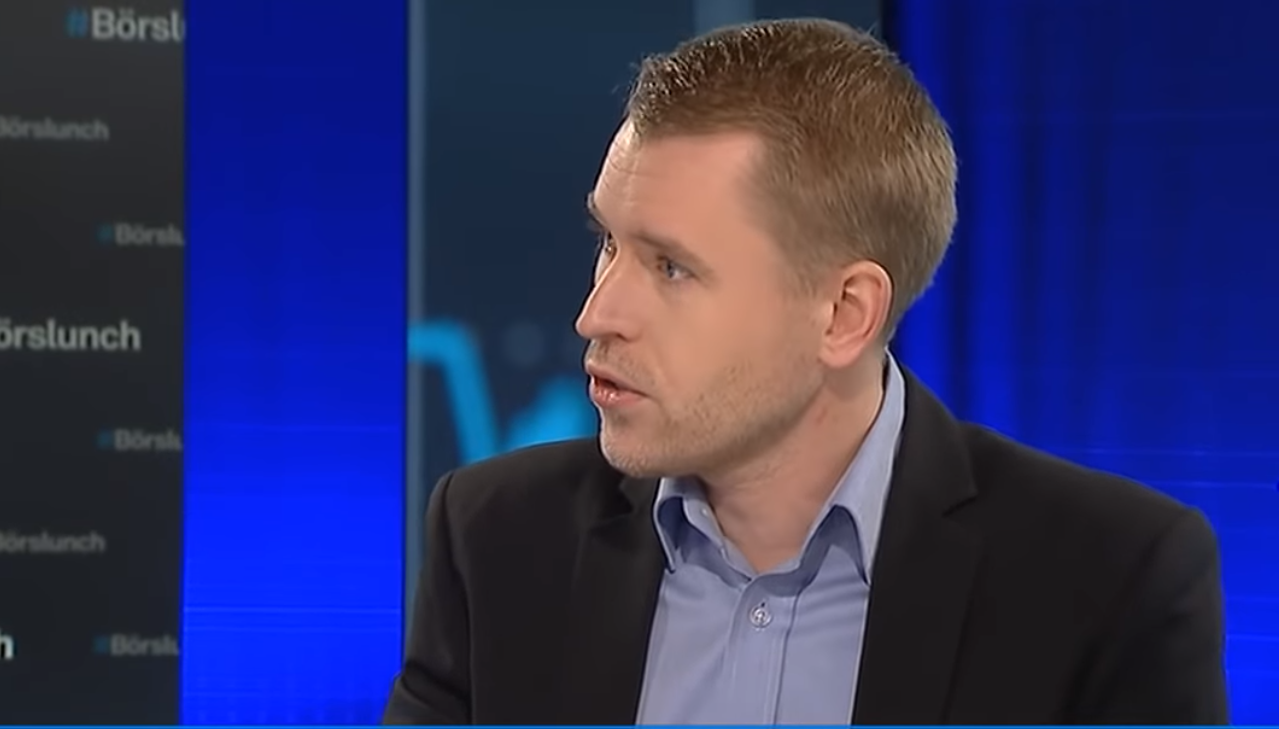Analys från DailyFX
EUR/USD Short Term View Ahead of Euro-Zone Markit PMIs
Talking Points:
– EUR/USD trading above 1.13 after finding support below the level yesterday
– Euro-Zone PMIs are in focus for the hours ahead
– Yellen speech on Friday could be the main event risk on the docket
The EUR/USD is edging higher after finding support below the 1.13 figure yesterday, as the pair’s post-Brexit recovery continues.
Brexit seems likely to be in focus again today as we look ahead for Euro-Zone Markit PMIs for possible Brexit influences.
Against this backdrop we will form our outlook and look to find short term trading opportunities using different tools such as the Grid Sight Index (GSI) indicator.

Click Here for the DailyFX Calendar
Euro-Zone August Markit PMIs are set to hit the wires 08:00 GMT.
The figures will follow the France and Germany numbers and could indicate how the Euro-Zone economy is faring in the initial Brexit aftermath.
Expectations are for manufacturing to remain unchanged at 52.0, services to slightly down tick to 52.8 from the prior 52.9 for an overall easing in the composite to 53.1 from the prior 53.2.
In the last report, the Markit Eurozone PMI Composite Index marked an 18-month low, but it was better than expectations, showing resilience in the face of the UK’s vote to leave the EU.
In their latest policy meeting the ECB kept policy at status quo as it appears Brexit spillover effects are contained for the economy at the moment. This seems to have allowed the ECB to remain on hold for now.
Signs of deteriorating outlook might suggest that the ECB’s “cautious optimism” was perhaps premature and could send the euro lower, while continued resilience might keep the currency bid.
With that said, we may need to see a significant deviation from expectations for the market to really move on the numbers as the Yellen speech Friday seems to take center stage this week, and Fed speculation continues to drive the pair.
Indeed, the Euro does appear driver-less at the moment, possibly implying that directional conviction for the pair could be found on the ebbs and flows on Fed rates speculation.
We’ll be covering the PMI figures release LIVE here.
EUR/USD Technical Levels:

Click here for the DailyFX Support Resistance tool
We use volatility measures as a way to better fit our strategy to market conditions. The Euro is expected to be the least volatile currency versus the US Dollar (based on 1-week and 1-month implied volatility measures).
Indeed, 20-day ATR reading are indicating subdued levels of volatility.
In turn, this may suggest that range bound trading plays might be appropriate in the short term.
EUR/USD 30-Min Chart (With the GSI Indicator): August 23, 2016
(Click to Enlarge)
The EUR/USD is approaching potential resistance at the 1.1350 level at the time of writing, with GSI calculating slightly higher percentage of past movement to the downside in the short term.
The GSI indicator above calculates the distribution of past event outcomes given certain momentum patterns. By matching events in the past, GSI describes how often the price moved in a certain direction.
You can learn more about the GSI here, and download the Trade Station version here.
Further levels of resistance might be 1.1379, 1.1400 and 1.1430 which is around the pre-Brexit high (June 24) and proved significant in the past as well.
Possible levels of support may be 1.13, 1.1250 and a general area packed with potential support below 1.1220.
We generally want to see GSI with the historical patterns significantly shifted in one direction, which alongside a pre-determined bias and other technical tools could provide a solid trading idea that offer a proper way to define risk.
We studied over 43 million real trades and found that traders who successfully define risk were three times more likely to turn a profit.
Read more on the “Traits of Successful Traders” research.
Meanwhile, the DailyFX Speculative Sentiment Index (SSI) is showing that about 29.6% of FXCM’s traders are long the EUR/USD at the time of writing. This is an extreme SSI reading, as retail traders are apparently trying to fade the move higher.
You can find more info about the DailyFX SSI indicator here
— Written by Oded Shimoni, Junior Currency Analyst for DailyFX.com
To contact Oded Shimoni, e-mail oshimoni@dailyfx.com
Follow him on Twitter at @OdedShimoni
Analys från DailyFX
EURUSD Weekly Technical Analysis: New Month, More Weakness
What’s inside:
- EURUSD broke the ‘neckline’ of a bearish ‘head-and-shoulders’ pattern, April trend-line
- Resistance in vicinity of 11825/80 likely to keep a lid on further strength
- Targeting the low to mid-11600s with more selling
Confidence is essential to successful trading, see this new guide – ’Building Confidence in Trading’.
Coming into last week we pointed out the likelihood of finally seeing a resolution of the range EURUSD had been stuck in for the past few weeks, and one of the outcomes we made note of as a possibility was for the triggering of a ’head-and-shoulders’ pattern. Indeed, we saw a break of the ’neckline’ along with a drop below the April trend-line. This led to decent selling before a minor bounce took shape during the latter part of last week.
Looking ahead to next week the euro is set up for further losses as the path of least resistance has turned lower. Looking to a capper on any further strength there is resistance in the 11825-11880 area (old support becomes new resistance). As long as the euro stays below this area a downward bias will remain firmly intact.
Looking lower towards support eyes will be on the August low at 11662 and the 2016 high of 11616, of which the latter just happens to align almost precisely with the measured move target of the ‘head-and-shoulders’ pattern (determined by subtracting the height of the pattern from the neckline).
Bottom line: Shorts look set to have the upperhand as a fresh month gets underway as long as the euro remains capped by resistance. On weakness, we’ll be watching how the euro responds to a drop into support levels.
For a longer-term outlook on EURUSD, check out the just released Q4 Forecast.
EURUSD: Daily
—Written by Paul Robinson, Market Analyst
You can receive Paul’s analysis directly via email bysigning up here.
You can follow Paul on Twitter at@PaulRobinonFX.
Analys från DailyFX
Euro Bias Mixed Heading into October, Q4’17

Why and how do we use IG Client Sentiment in trading? See our guide and real-time data.
EURUSD: Retail trader data shows 37.3% of traders are net-long with the ratio of traders short to long at 1.68 to 1. In fact, traders have remained net-short since Apr 18 when EURUSD traded near 1.07831; price has moved 9.6% higher since then. The number of traders net-long is 15.4% lower than yesterday and 16.4% higher from last week, while the number of traders net-short is 0.4% higher than yesterday and 10.5% lower from last week.
We typically take a contrarian view to crowd sentiment, and the fact traders are net-short suggests EURUSD prices may continue to rise. Positioning is more net-short than yesterday but less net-short from last week. The combination of current sentiment and recent changes gives us a further mixed EURUSD trading bias.
— Written by Christopher Vecchio, CFA, Senior Currency Strategist
To contact Christopher Vecchio, e-mail cvecchio@dailyfx.com
Follow him on Twitter at @CVecchioFX
To be added to Christopher’s e-mail distribution list, please fill out this form
Analys från DailyFX
British Pound Reversal Potential Persists Heading into New Quarter

Why and how do we use IG Client Sentiment in trading? See our guide and real-time data.
GBPUSD: Retail trader data shows 38.2% of traders are net-long with the ratio of traders short to long at 1.62 to 1. In fact, traders have remained net-short since Sep 05 when GBPUSD traded near 1.29615; price has moved 3.4% higher since then. The number of traders net-long is 0.1% higher than yesterday and 13.4% higher from last week, while the number of traders net-short is 10.6% lower than yesterday and 18.3% lower from last week.
We typically take a contrarian view to crowd sentiment, and the fact traders are net-short suggests GBPUSD prices may continue to rise. Yet traders are less net-short than yesterday and compared with last week. Recent changes in sentiment warn that the current GBPUSD price trend may soon reverse lower despite the fact traders remain net-short.
— Written by Christopher Vecchio, CFA, Senior Currency Strategist
To contact Christopher Vecchio, e-mail cvecchio@dailyfx.com
Follow him on Twitter at @CVecchioFX
To be added to Christopher’s e-mail distribution list, please fill out this form
-
Analys från DailyFX10 år ago
EUR/USD Flirts with Monthly Close Under 30 Year Trendline
-

 Marknadsnyheter2 år ago
Marknadsnyheter2 år agoUpptäck de bästa verktygen för att analysera Bitcoin!
-
Marknadsnyheter5 år ago
BrainCool AB (publ): erhåller bidrag (grant) om 0,9 MSEK från Vinnova för bolagets projekt inom behandling av covid-19 patienter med hög feber
-
Analys från DailyFX12 år ago
Japanese Yen Breakout or Fakeout? ZAR/JPY May Provide the Answer
-

 Marknadsnyheter2 år ago
Marknadsnyheter2 år agoDärför föredrar svenska spelare att spela via mobiltelefonen
-
Analys från DailyFX12 år ago
Price & Time: Key Levels to Watch in the Aftermath of NFP
-
Analys från DailyFX8 år ago
Gold Prices Falter at Resistance: Is the Bullish Run Finished?
-

 Nyheter7 år ago
Nyheter7 år agoTeknisk analys med Martin Hallström och Nils Brobacke











